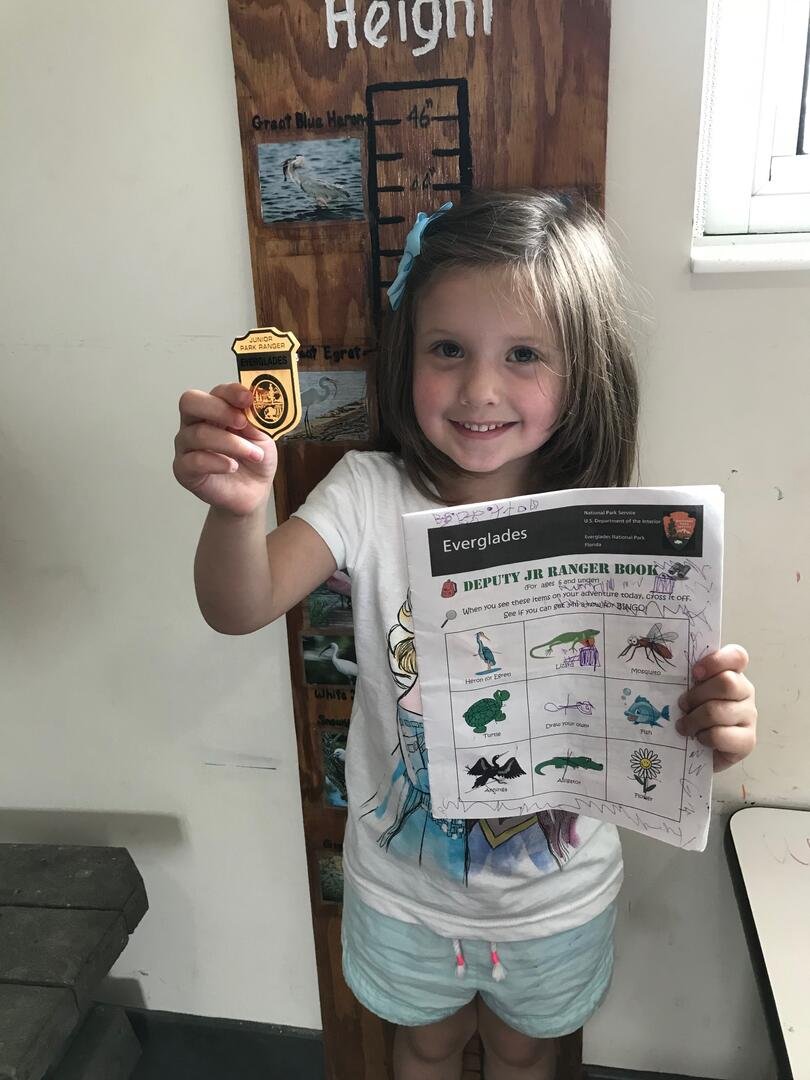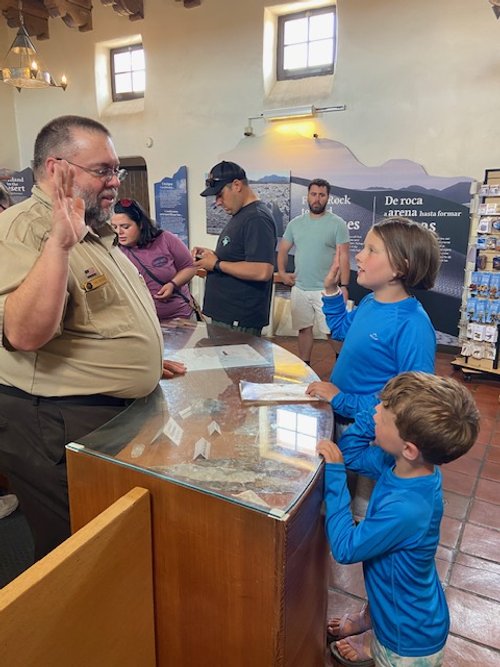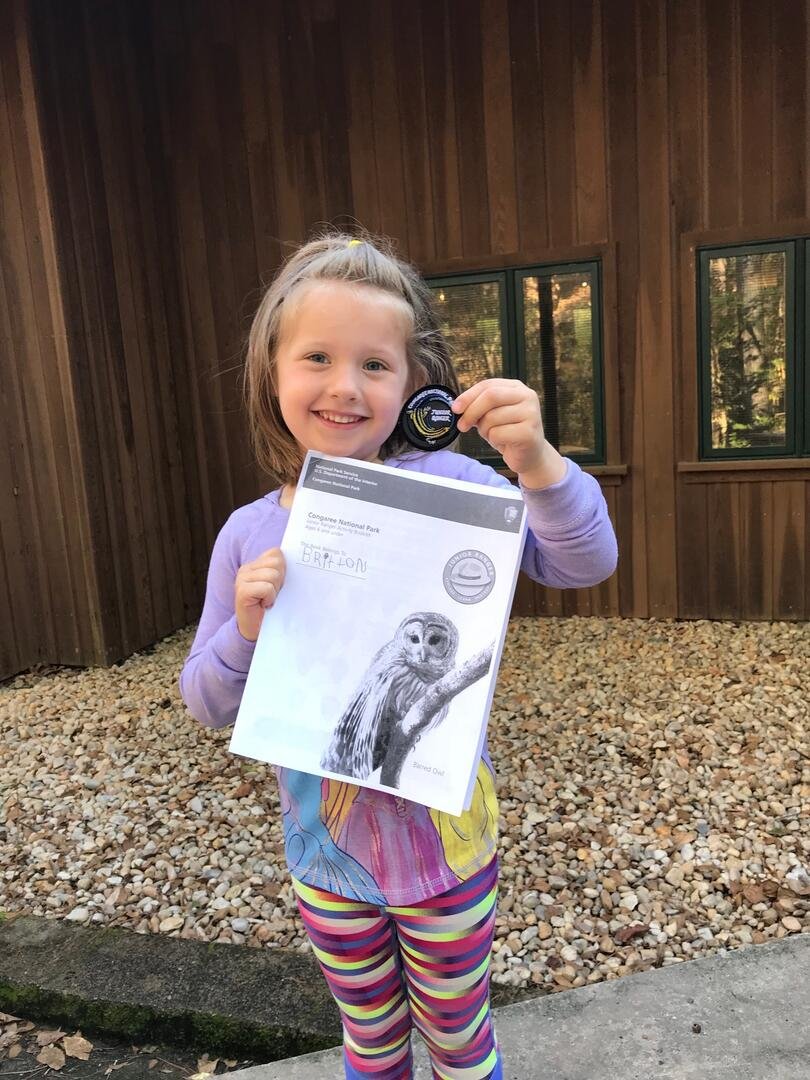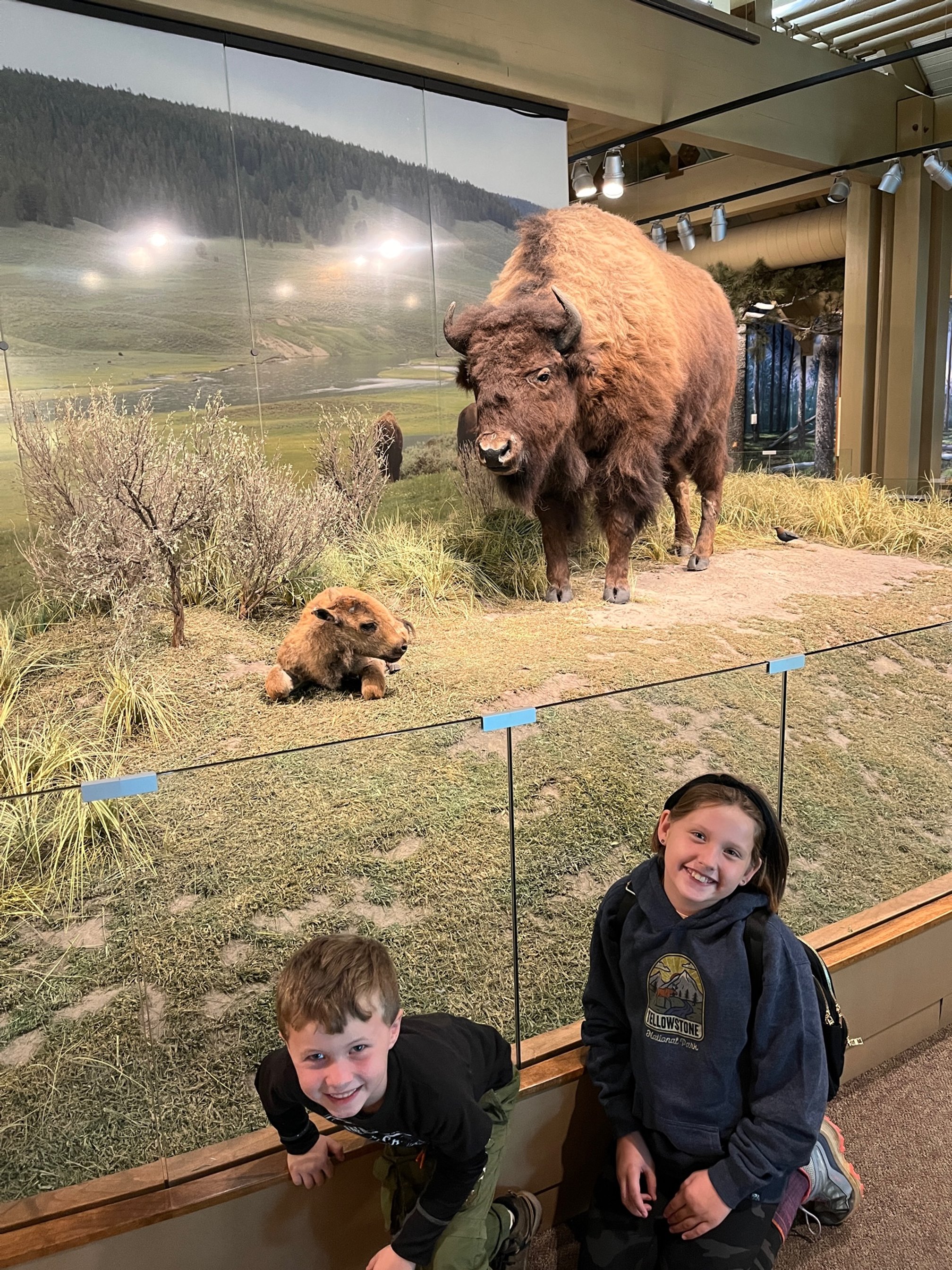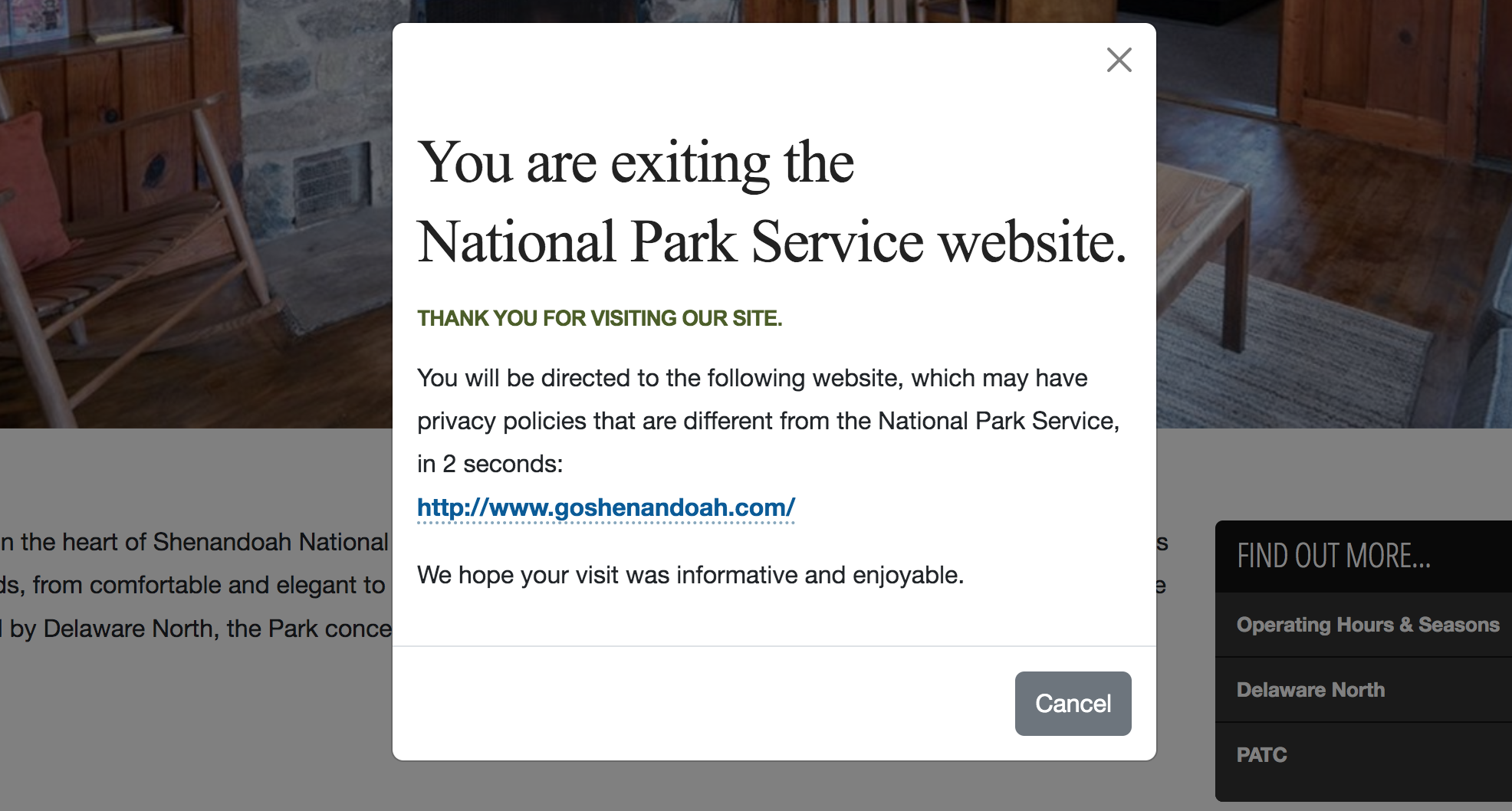National Parks for Beginners: A Complete Guide
Exploring the U.S. national parks as a beginner is exciting but also daunting thanks to the many decisions that come along with visiting these wild, often vast places.
My family and I are on a quest to visit all of the national parks in America, and I’m here to share what we’ve learned so far.
You’ll come away with confidence to plan your first trip to one of the many beautiful public lands from Florida to Oregon and beyond.
Below, you’ll find an overview on what to expect from the National Parks System, including how to navigate the reservation system, how to avoid crowds, the best time to book campgrounds and hotel accommodations, how to save money in the parks, and more.
As with all of my website posts, the information here is designed to help all members of your family enjoy your time outdoors, no matter your age!
The Camping Kiddos and I pose for an obligatory entrance sign photo at Yellowstone’s northwestern entrance
This post contains affiliates. If you purchase through the links below, I will receive a commission at no charge to you.
National Parks for Beginners: An Overview
The 63 national parks are the focus of the National Parks System, but there are over 400 other sites in the NPS, too, including national monuments, national battlefields, national seashores, and national historic sites.
The NPS started in 1872, when Yellowstone National Park was created. This park was the template for conservation and land protection, and, since then, countries across the world have followed suit with their own national or provincial parks.
For the purposes of this article, we’ll be focusing on the U.S. national parks, but much of this advice applies to the other NPS sites as well.
The length of your stay and your activities during that stay will vary greatly depending on which part your visiting, your overall budget, and your other vacation plans, of course.
However, I highly encourage you to drive through the park first, and then get out to experience a hike, ranger tour, etc. for a more complete visit!
The Grand Canyon South Rim
For the driving portion, I highly recommend the GuideAlong tours, which are affordable, entertaining, and excellent for providing context.
We’ve used these on multiple trips, including on our Yellowstone family vacation, and when we visited Grand Tetons with kids.
I am always excited to see when GuideAlong has put out tours for new locations.
We love these audio tours since they don’t require Wifi once they’re downloaded to your phone, and each segment starts automatically based on where your car is within the park.
You’ll learn about wildlife, park history, important park figures, suggested overlooks, and more.
They’re much cheaper than a day long guided tour, but every bit as engaging.
What are the best parks to visit as a national park as a beginner?
While you can find something to love at all of the national parks, there are some that are more accessible than others for the first-time adventurer.
If you’re just beginning your national parks journey, we recommend sticking to parks that have easy access to airports and major highways, have a more developed infrastructure, and have some big wow moments without the need for strenuous hikes.
With those criteria in mind, here are some suggestions for your first ever national parks visit:
The Camping Kiddos look for the perfect sledding spot at White Sands National Park.
Grand Canyon National Park: awe-inspiring, and highly visited, excellent resources on the South Rim, an easy 3 hour drive from Las Vegas. [Read more about visiting the Grand Canyon with kids here.]
White Sands National Park: huge field of sand dunes, excellent sledding, 3 hours from Santa Fe, and less than half an hour from Alamogordo [Discover what to do in one day at White Sands here.]
Rocky Mountain National Park: less than 2 hours from Denver, incredible views of the Rockies
Yellowstone National Park: 1 hour from Jackson, Wyoming, wide variety of landscapes, hydrothermal features, and roaming wildlife [Check our our favorite easy hikes in Yellowstone for families!]
Grand Tetons National Park: only national park with a commercial airport inside of it, variety of easy hikes, stunning landscape [See how to spend 2 days in Grand Teton here.]
Mammoth Cave: halfway between Nashville, Tennessee, and Louisville, Kentucky; incredible cave rooms, excellent ranger guided tours [Read my review on the best tour at Mammoth Cave for kids.]
What are the National Parks Annual Passes?
Many of the national parks (and other NPS sites) charge an entrance fee. Depending on the time of year and the popularity of the location, expect to pay anywhere from $15-30 to gain access to the park.
Our America the Beautiful card, informational brochure, and car hang tag
Usually, this fee at the national parks is done by carload rather than per person, and it usually applies to an access period of 7 days.
You’ll find slightly different approaches at the other NPS sites that charge as these are usually per person rather than by carload. At the Jamestown National Historic Site, for example, the price per adult was around $30.
NOTE: Kids 15 and under are free at most NPS sites.
If you plan to go to more than 2 or 3 NPS sites in a calendar year, I highly recommend purchasing an NPS interagency annual pass.
As of the writing of this post, the interagency pass was $80 per year, and it covers up to 6 adults in your party.
In 2023, we visited 8 national parks, 1 national battlefield, and 3 national historic sites, so the annual pass paid off in a BIG way for us.
At last count, we’d saved more than $200 by simply showing our annual pass at the entrance booths to each of those properties.
The deal is even greater for veterans, 4th graders, seniors, and those with permanent disabilities: people in each of these groups can apply for a free annual pass.
In the case of the veterans, seniors, and people with disabilities, those annual passes are renewable for free for life.
How do I make reservations in the National Parks?
First, it is important to note that not all of the national parks require reservations—and even the ones that do require reservations often don’t have that system in place year-round.
Larger parks like Yellowstone, Grand Tetons, and Grand Canyon are all reservation-free, due to the fact that the properties are large enough for visitors to spread out without harming the wildlife or ecosystems.
To find out if the national park destination of your choice requires reservations, you’ll want to head to the official NPS website for that park.
The first thing you’ll see (usually highlighted or in a colorful text box) on the home page will be information about reservations.
We’ve been to multiple parks that require daily reservations, including Arches National Park and Carlsbad Caverns National Park.
Hiking in Arches National Park
Reservations for Arches are only done during peak season—roughly April to October—to help with entrance congestion and conservation efforts.
Since Arches only has one major road throughout what is a smaller, very popular park, the reservations system was much needed.
Other parks like Carlsbad Caverns National Park require year round reservations in an effort to protect the fragile cave ecosystem and spread visitor attendance throughout the day.
The reservations have a nominal fee attached—usually $1 per person—and they must be made at least 24-48 hours before you plan to arrive.
Keep in mind that reservation fees are separate from the entrance fees.
Every time that I’ve needed to get a reservation for a national park, I’ve been successful. As long as you’re planning a few months out, you’re highly likely to get the day and time you’d like to reserve.
Where are the best FREE Activities in the National Parks?
Once you’re in the parks, there are SO many great things to do—and many of them are free!
Junior Ranger Programs
If you have kids (or you’re a kid at heart), head to the information desk and ask about the Junior Ranger badge for that park.
This program is designed to help kids of all ages delve more deeply into the parks through guided pages and activities unique to each property.
(And, yes, adults can do these, too! We once ran into a man who had dozens of badges on his vest. My kids had a great time comparing his badges against the ones that they’ve earned.)
A set number of pages must be completed as part of the program. The specific pages are determined by the child’s age.
Kids will also have to attend a ranger talk or hike as part of this program. We’ve seen several that also require a ranger interview.
I love these programs because they are interactive and require my kids to do more than be passive observers of the places we visit.
Once all of the requirements are fulfilled, you can turn the booklets into the information desk, where the ranger on duty will review the contents.
If everything is in order, your child will be sworn in as a Junior Ranger and will be given a collectible badge.
Each park’s badge is unique, and it’s a fun way to track your national parks adventures.
The vast majority of the Junior Ranger programs are free, though we’ve run into a few that required a small fee to get the booklets (Great Smoky Mountains National Park was one).
Ranger-led Activities
Another can’t miss activity within the parks is anything ranger-led. These free programs are incredible and highly educational since you’ll have one of the park rangers talking about his or her area of expertise.
Our son helping out Ranger Dustin’s water talk at Grand Teton National Park
There are a few ranger-led programs we’ve discovered with a fee attached—two being the boat tour of Lake Yellowstone in Yellowstone National Park and a geology tour of King’s Palace in Carlsbad Caverns—but these programs are the exception rather than the norm.
(And, for the record, that lake tour and the cave tour were excellent and both were well worth the $12 per person!)
Free programs that we’ve attended include a walking tour of Fort Jefferson in Florida’s Dry Tortugas National Park, a fossil hunt along the South Rim at Grand Canyon National Park, a kid-friendly historic tour inside Kentucky’s Mammoth Cave, and a water rights discussion at Wyoming’s Grand Teton National Park.
The programs vary within the parks daily, so always ask at the visitors center front desk for the week’s upcoming programs.
Visitors Center Museums
You never know what you might find in the visitors center, like this bison display at Canyon Village in Yellowstone National Park
Don’t miss out on the visitor center interpretive areas and/or museums.
These are always done incredibly well and can provide incredible perspective on wildlife, ecology, conservation, history, and more.
If there are multiple visitors centers in a park, each one will have its own unique focus. For example, at the Big Meadows Visitors Center at Shenandoah National Park, there’s an interactive walkthrough of the park’s history from its earliest known human inhabitants to the families of Virginia who refused to sell out when the park was being formed.
If you don’t have time to explore much of the park, always start at the visitors center!
Outdoor Activities
And my favorite of the free activities in the parks: outdoor activities.
Our son pausing on the trail to Inspiration Point in Grand Teton National Park
No matter which park you find yourself in, there’s going to be some sort of outdoor component, even at the tiny parks like the St. Louis Arch.
Get out and go hiking if you’re in the mountains or on the prairie.
Snorkel if you’re at Biscayne Bay or the Dry Tortugas. Kayak if you’re at Channel Islands National Park.
The point of the entire NPS is to get people out onto public lands to show them the incredible places we have available to us here in the U.S.
Don’t be one of the many, many visitors who simply drive through on the shortest path through the park. Even if you’re traveling with babies or toddlers, there are still plenty of easy hikes and accessible locations within each park!
When is the best time to visit the parks?
There’s no simple answer to this question since the national parks are spread out over such a vast area. (Alaska to Florida is a LONG way.)
PIN ME!
However, as a general rule of thumb, the parks tend to be busier in the summer months thanks to school breaks and summer family vacations.
That being said, if you’re flexible, summer isn’t always the best time to visit all of the parks.
For example, Petrified Forest National Park is hot between June and September. It is in the Arizona desert, after all.
The best season for desert locations or humid locations tends to be in the winter months since the weather is cooler for hiking and exploring. Plus, you’ll avoid the summer hordes of bugs in places like Congaree National Park!
Since we like to avoid crowds as much as possible, we travel during the shoulder seasons whenever we can.
For places like White Sands National Park or the Grand Canyon, we found that early May was the sweet spot: it’s too early for the summer visitors, but it’s also late enough in the year that we’re not worried about any lingering winter weather.
For Grand Tetons National Park and Yellowstone National Park, the best time to go is during the late summer, preferably right around Labor Day. You’ll get those last few glorious days of warmer weather with reduced crowds.
Have questions about when the best time to visit a specific park? Check out my index of posts, organized by individual national park, or email me!
How do I book hotels and campgrounds within a national park?
Staying inside of the national parks is the best way to fully immerse yourself during your visit.
However, the accommodations are often in high demand for the national parks that offer on-site hotels and campgrounds.
Here’s how to ensure the best chance of getting that perfect spot.
Hotels in the National Parks
Hotels typically are run by a 3rd party partner of the national parks: these are companies like Xanterra, Grand Teton Lodge Company, or Delaware North.
To find out exactly which provider is in charge of the accommodations at your selected national park, you’ll want to navigate to that park’s website on the NPS.
From there, click “ About the Park” and then “Lodging” from the main menu.
You’ll then see a page with an overview about the accommodations options for that specific property.
If you click into each property, you’ll get a pop-up that says “You’re leaving the NPS site, and you’ll be redirected automatically within X seconds.”
From there, you’ll be taken to the 3rd party providers website, where you can read more about each accommodation option and book your hotel room, yurt, cabin, etc.
RV and Tent Camping Reservations in the National Parks
For RV and tent camping, you’ll go to Recreation.gov to book your reservations.
There’s extremely limited camping inside of the national parks, so these spots tend to go quickly.
If at all possible, book 6-12 months in advance, and be prepared to check-out as soon as you find a spot.
If you wait, it likely won’t be there when you go back.
When I attempted to book a spot at one of the campgrounds in Yellowstone over Labor Day, I signed onto the website at exactly 10 AM when the sites for that day opened up.
I had to nab 5 different spots before I was able to successfully check out—other people kept beating me to the check out with the spots I thought I had!
Thankfully, not all of the national park campground reservations are that stressful, but I’d still recommend planning ahead to ensure you get a spot.
Keep in mind that many of the in-park campgrounds are essentially boon docking without any hookups of any kind.
You’ll find some with full hookups, and some with just water and electric, but many require campers to be completely self sufficient during your stay.
Generally speaking, the in-park campgrounds also cater to smaller RVs and trailers. We have a 21’ travel trailer and there have been spots available that I couldn’t book since my rig was too big.
Always read through the entire details section to ensure you don’t have any surprises when you get to your site.
How can I save money while visiting the national parks?
There are so many free things to do inside the national parks that you might be lulled into thinking that this is a budget friendly vacation option.
In many ways, they are—especially if you’re traveling in the low or shoulder season—but there are some areas of the parks that are incredibly expensive.
This is most evident is the food available at the parks.
The restaurants are expensive for what you get, and, in many cases, the food is only alright.
The grocery stores within the parks (where available) are also much more expensive than those outside of the park.
To save money, shop before you get to the park to pick up groceries, baby items, drinks, extra water, and first aid supplies.
If you’re driving into the park, bring a cooler with ice.
If you’re flying into the park, pick up an inexpensive cooler at the same time you’re buying your groceries. We like the cardboard ones as they’re biodegradable, but also just as study as the styrofoam ones.
Just add a trash bag to the cardboard cooler before you fill it up with ice, and it will easily last a week or more.
You can also save money with the aforementioned annual pass if you plan on visiting multiple parks within a single year.
I hope that this guide to the U.S. National Parks for beginners was helpful to you and your family.
See you out there!







